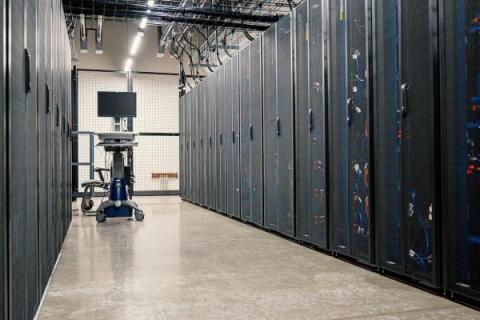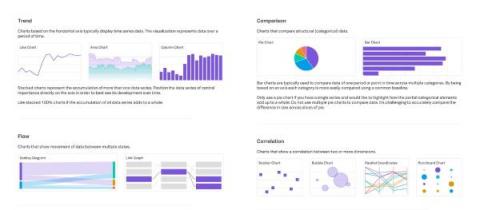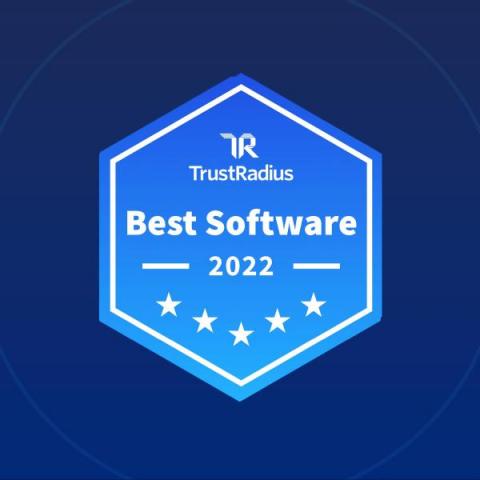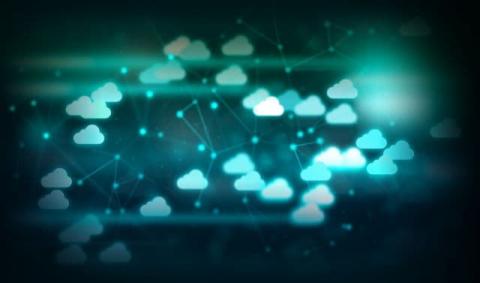Data Warehouse vs Database: Comparing Common Data Storage
Knowing the differences between data warehouses and databases can clear up a lot of confusion for many people, especially with the volume of data we have these days. In this blog post, I'll discuss the differences between these two types of data systems. I'll also provide some examples to help illustrate the points we make. Let's get started! (This article was written by Austin Chia.)











